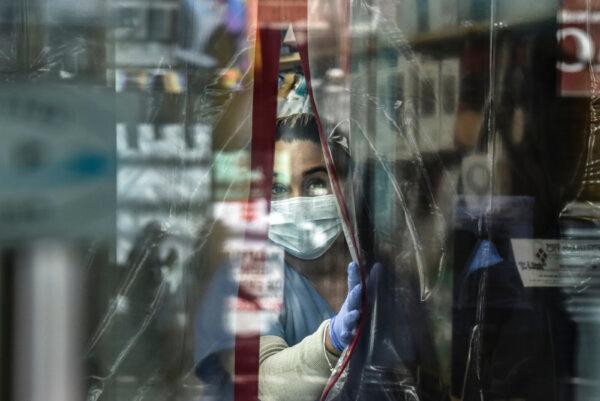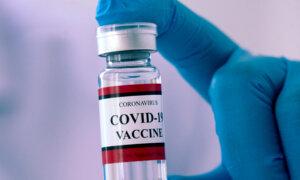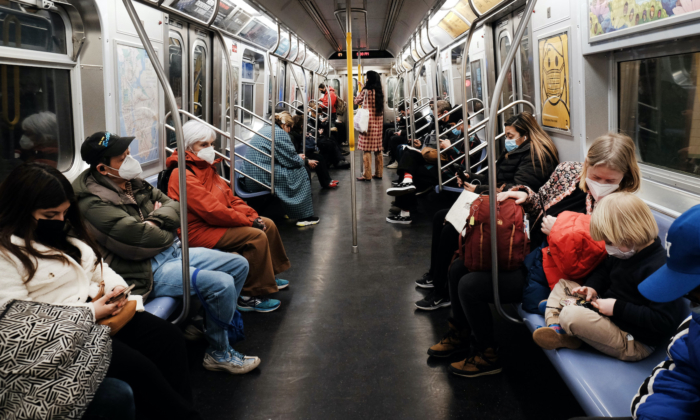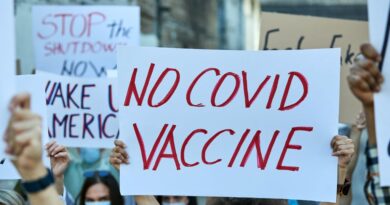Study Reveals Over 134,000 Cancer Cases Went Undiagnosed During Pandemic
Prostate cancer accounted for the largest number of potentially missed cases, according to a recent study.
More than 134,000 cancer cases in the United States went undiagnosed as people stayed home due to a nationwide lockdown during the first 10 months of the COVID-19 pandemic, according to a new study.
“To our knowledge, this is the first study to offer a nationwide analysis using U.S. cancer registry data on the cancer case deficit experienced during the COVID-19 pandemic in 2020,” the researchers wrote.
The study assessed cancer rate trends for March through December 2020 using cancer incidence data from the U.S. Cancer Statistics Public Use Database, which covers all 50 states and the District of Columbia.
Data analysis was carried out from July 6 to July 28, 2023. Around 1,297,874 cancer cases were reported in the United States from March through December 2020.
Of the observed cases, 50.7 percent (657,743) occurred in male patients, and 58.3 percent (757,106) occurred in persons 65 or older.
According to the study, there were potentially 134,395 undiagnosed cancers between March and December 2020. Observed rates of all-sites cancer incidence were 28.6 percent lower than expected during the height of the pandemic between March and May 2020.
Prostate cancer accounted for the largest number of potentially missed cases (22,950), followed by female breast cancer (16,870) and lung cancer (16,333). According to the study, screenable cancers saw a total rate reduction of 13.9 percent compared with the expected rate.
The researchers found that while the rate of female breast cancer showed evidence of recovery to previous trends after the first three months of the pandemic, levels remained low for colorectal, cervical, and lung cancers.
The study also found that disruptions to late-stage lung cancer diagnoses were “significantly higher” than for female breast and cervical cancers but comparable with disruptions in late-stage colorectal cancer incidence.
It revealed that U.S. states with more restrictive COVID-19 responses had “significantly greater disruptions” from March to May 2020; however, by December 2020, these differences were “nonsignificant for all sites except lung, kidney, and pancreatic cancer.”
Pandemic-Associated Disruptions Affecting Cancer Incidence Rates
Meanwhile, the researchers said the findings underscore the need to reengage individuals in recommended cancer screenings and routine health care visits.
They believe this study may also assist with planning for future disruptions that would otherwise affect the timeliness of cancer diagnosis in the United States.

“It is important that we continue to evaluate the trends identified in this study as U.S. cancer incidence data for years after 2020 become available,” the researchers stated.
“Pandemic-associated disruptions will continue to affect rates of cancer incidence, and how long it will be until we fully recover is still unknown.
“Beyond incidence, it is important that we measure the pandemic’s contribution to future trends in cancer mortality and survival,” they added.
The study highlighted that the longer cancer goes undetected, “the greater the risk of tumor progression and the lower the chances of survival and other positive outcomes for patients.”
“With a near 10 percent reduction from expected rates in overall late-stage incidence from March to December 2020, there will undoubtedly—and unfortunately—be a subsequent rise in cancer mortality,” the researchers noted.
“How substantial a rise and for how long will provide a more complete picture of the consequences of COVID-19 disruptions on the burden of cancer in the U.S.”
This article has been archived for your research. The original version from Epoch Times can be found here.






